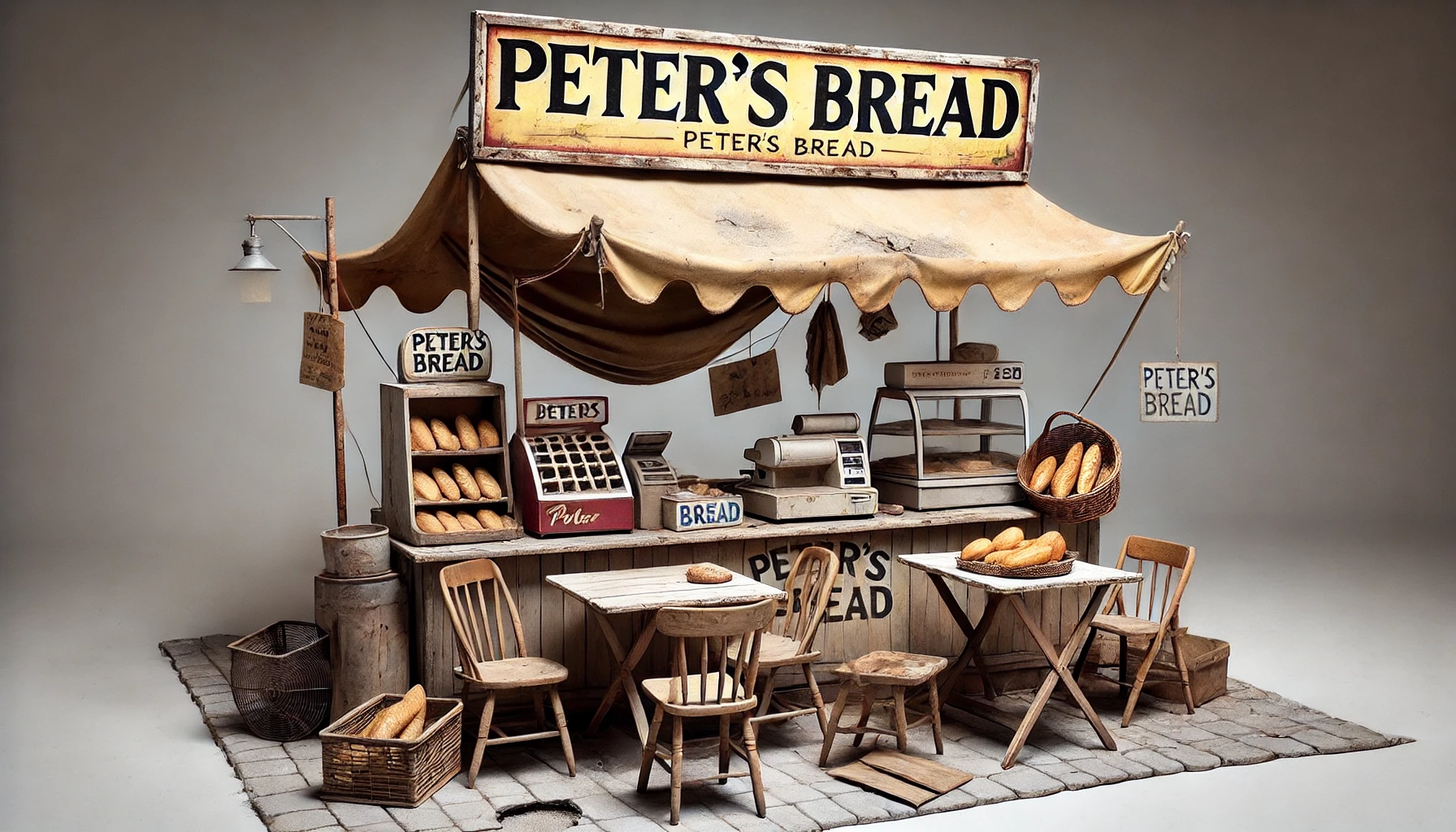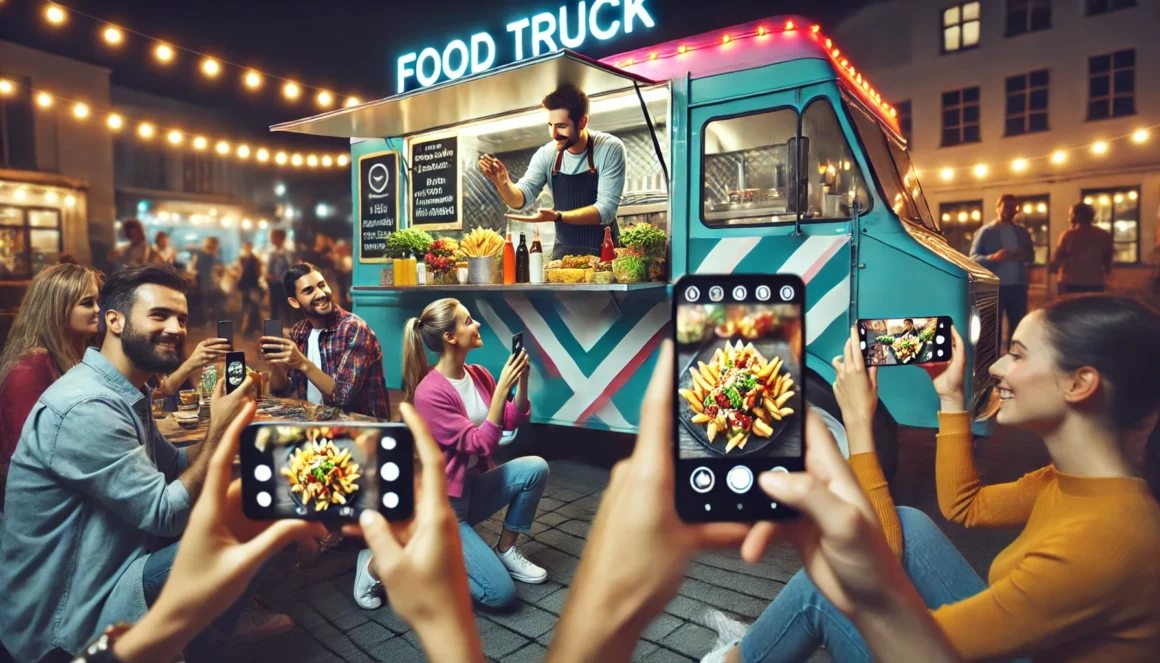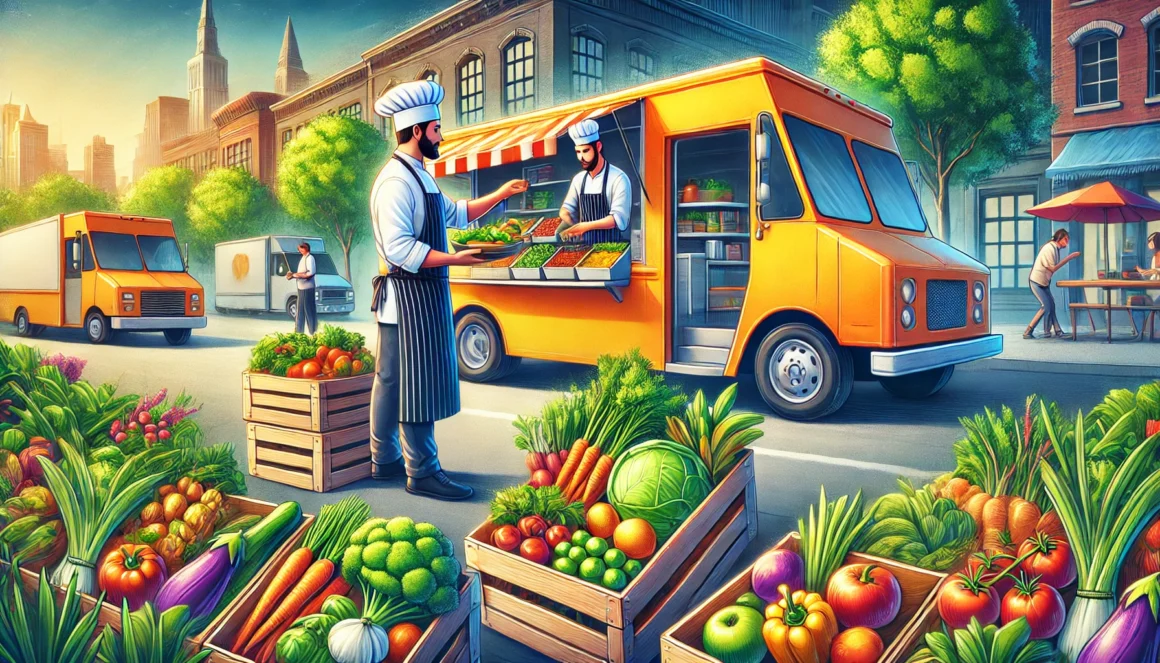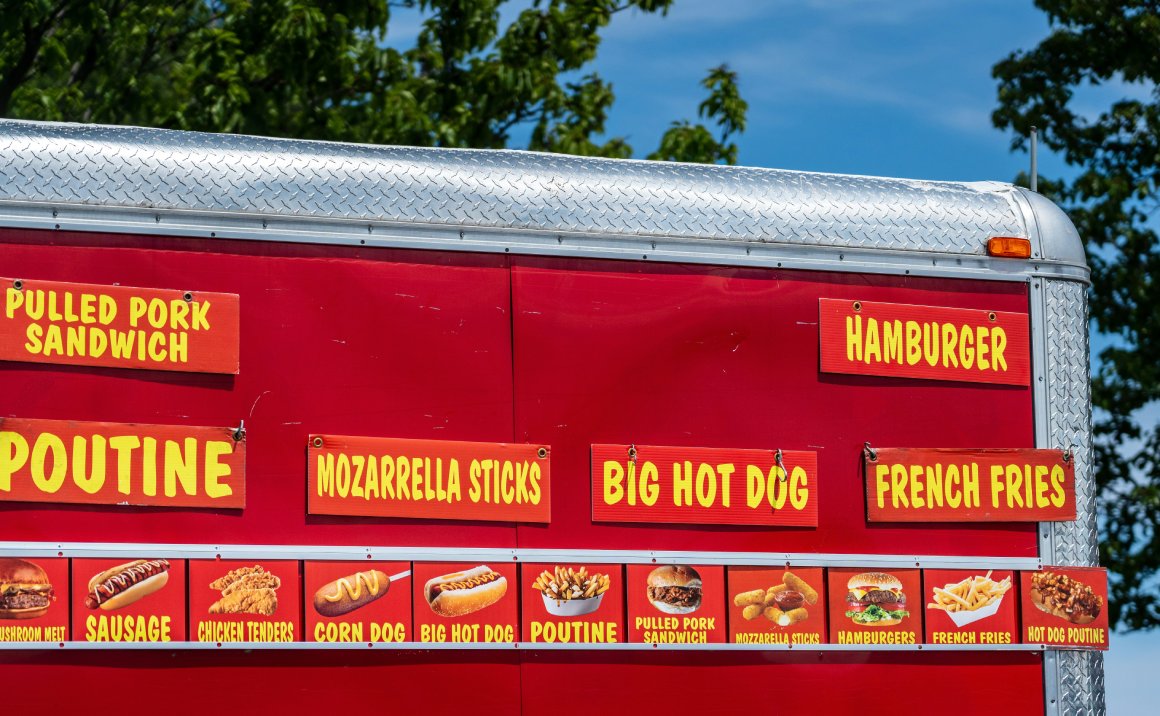
What to Watch Out For When Purchasing a Booth Setup: Risks, Costs, and Considerations
This post is part of a regular series. Click here to start at the beginning.
Booth setups are a popular option for vendors looking to serve food at festivals, farmers’ markets, and other temporary events. While they’re often more affordable than food trucks or trailers, booth setups come with their own unique challenges and risks. From faulty equipment to logistical challenges, investing in a booth requires careful planning and inspection to ensure you’re getting a setup that works for your business.
In this post, we’ll explore the risks of purchasing a booth setup for your mobile food business, provide tips for spotting red flags, and help you understand the key differences between buying new versus used equipment.
1. Inadequate or Worn Equipment
Booth setups rely on portable cooking equipment and temporary infrastructure, such as tents or canopies, to create a functioning mobile kitchen. If the equipment or setup isn’t in good condition, it can disrupt your service, create safety hazards, and lead to unexpected costs.
Key Risks:
- Low-Quality Cooking Equipment: In many cases, booth setups require portable stoves, grills, or fryers that can be easily transported to different locations. If the equipment isn’t durable or suited for high-volume service, you may face frequent breakdowns or cooking inefficiencies.
- Outdated or Malfunctioning Appliances: Used booth setups may come with outdated or worn-out appliances that don’t meet modern food safety or efficiency standards. Old propane tanks, faulty burners, or worn grills could create safety hazards or lead to unsatisfactory food preparation.
Example: A taco booth relying on an old propane grill might find that it doesn’t heat evenly, leading to undercooked food and long wait times for customers.
How to Mitigate the Risk:
- Test All Equipment: Whether you’re purchasing new or used, test the cooking equipment to ensure it functions properly. Check that stoves, grills, fryers, and refrigerators heat or cool effectively and consistently.
- Inspect for Wear and Tear: Look for signs of rust, cracks, or wear on the cooking equipment. If purchasing used, make sure the appliances have been well-maintained and are in good working order.
2. Weak or Unstable Tents and Canopies
Booth setups typically include portable tents or canopies to provide shelter for you and your customers. However, not all tents are built to withstand outdoor conditions, and a poorly constructed or unstable canopy could collapse, tear, or fly away during strong winds.
Key Risks:
- Unstable Frames: Lightweight or poorly constructed frames can bend or collapse under pressure, particularly in windy conditions. This not only disrupts your business but also creates safety hazards for your staff and customers.
- Inadequate Weather Protection: Some cheaper canopy options don’t provide sufficient protection from rain, sun, or wind. Leaking tents or poor coverage can lead to wet equipment, spoiled food, or uncomfortable working conditions.
Example: A coffee booth operating at an outdoor market on a windy day could experience the collapse of an unstable canopy, putting the equipment and staff at risk.
How to Mitigate the Risk:
- Invest in Durable Canopies: Look for sturdy, weather-resistant tents made from high-quality materials like steel or reinforced aluminum frames. Make sure the canopy fabric is waterproof and UV-protected.
- Test the Stability: Before committing to a purchase, set up the canopy in a variety of conditions to test its stability. Ensure that it can handle wind, rain, and varying terrains.
3. Limited Infrastructure and Power Sources
Unlike food trucks or trailers, booth setups rely heavily on the event’s infrastructure for power, water, and waste disposal. If the event doesn’t provide adequate utilities, or if your setup isn’t properly equipped to handle limited resources, you could face operational issues that impact your ability to serve customers.
Key Risks:
- Power Supply Issues: Booth setups often require portable generators or reliance on external power sources. If the generator isn’t powerful enough to run your equipment, or if the event’s electrical setup is unreliable, you could experience power outages during service.
- Water and Waste Limitations: Many events offer limited access to water and waste disposal, meaning you may need to bring your own water tanks or portable sinks. Without proper planning, you could run out of clean water or struggle with waste management during peak service times.
Example: A BBQ booth operating at a local fair might have difficulty maintaining cleanliness if there’s no on-site water source, leading to health code violations.
How to Mitigate the Risk:
- Confirm Power Availability: Before committing to an event, confirm the availability of reliable power sources or bring a high-quality portable generator that can handle the demands of your equipment.
- Prepare for Water and Waste Needs: Bring your own portable handwashing stations, water tanks, and waste disposal containers. Make sure you have enough resources to last through the event.
4. Setup and Breakdown Time
One of the challenges unique to booth setups is the time and labor required to set up and break down the booth at each event. If your booth setup is cumbersome or requires extensive assembly, you’ll spend valuable time before and after each event just getting your operation up and running.
Key Risks:
- Time-Consuming Setup: Some booth setups require complex assembly, which can eat into your service time or create delays, especially if you’re short-staffed. Additionally, booths that require multiple people to assemble may limit your ability to operate independently.
- Wear and Tear from Frequent Use: Booth equipment, such as tables, grills, and tents, is often set up and taken down multiple times during the year. This repeated assembly can cause wear and tear on your equipment, shortening its lifespan.
Example: A taco booth operating at weekend festivals may face significant wear on its tent and tables from repeated setup and breakdown, leading to costly replacements.
How to Mitigate the Risk:
- Choose Simple, Durable Equipment: Invest in easy-to-assemble tents, tables, and appliances that can be set up and broken down quickly. Look for items that are lightweight but durable enough to withstand frequent use.
- Plan for Staffing Needs: Make sure you have enough help to set up and break down your booth efficiently. If you’re operating solo, choose a setup that can be managed by one person.
5. The Risks of Buying New vs. Used Booth Setups
Booth setups can be purchased new or second-hand, and each option comes with its own risks and benefits. While new setups offer warranties and fewer surprises, used setups can offer significant savings with some risk of hidden issues.
Buying New:
- Pros: New booth setups come with warranties, allowing you to feel secure in the quality and durability of your equipment. You can also customize the layout to match your needs, ensuring that the setup suits your menu and service style.
- Cons: New booths can be expensive, with high-quality tents, portable stoves, and necessary supplies potentially costing $2,000 to $10,000 or more.
Buying Used:
- Pros: Used booths can offer significant cost savings, with prices ranging from $500 to $5,000, depending on the quality and included equipment. If the booth has been well maintained, you could get a great deal on a functioning setup.
- Cons: Used booths may have hidden wear, such as torn canopies, damaged cooking equipment, or worn tables. Without proper inspection, you could end up paying more for repairs and replacements than if you had bought new.
6. Budgeting for Booth Maintenance and Replacements
Booth setups, while generally affordable, still require regular maintenance to stay in good working condition. From replacing worn tents to servicing portable stoves and grills, budgeting for upkeep is essential to running a smooth operation.
Key Tips:
- Set a Maintenance Budget: Allocate at least 5% of your revenue for repairs and replacements, including tents, tables, cooking equipment, and other supplies.
- Replace Worn Items Early: Keep an eye on your canopy, tables, and equipment for signs of wear and replace items before they become liabilities during service.
Conclusion: Protecting Your Booth Setup Investment
While booth setups offer an affordable and flexible option for mobile food businesses, they come with their own set of risks. By carefully inspecting the equipment, tents, and power needs, and planning for setup time and potential maintenance, you can minimize the chances of operational disruptions and keep your booth running smoothly.
Stay tuned for the final post in this series, where we’ll summarize the risks for each type of mobile food business (food trucks, trailers, carts, and booths) and offer tips on how to protect your investment!
This post is part of a regular series. Please use these links to view the rest of the series in order.
How to Build Social Media Engagement for Your Food Truck
Boosting Social Media Engagement: A Guide for Food Truck Owners In today’s digital world, social…
Marketing Strategies for Your Food Truck
How to Market Your Food Truck: Building a Loyal Following and Standing Out in the…
How to Manage Food Waste – Sourcing Fresher Ingredients
Sourcing Fresh Ingredients to Minimize Food Waste: A Chef’s Guide to Better Ingredients and Lower…




